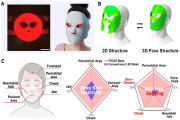In recent years, fine-pitch LED displays, known for their high definition and brightness, have found widespread application across various venues. The LED display industry is now turning its attention to the MIP packaging technology, which has been gradually gaining prominence. This innovative packaging approach brings numerous significant benefits to users, and it is poised to trigger a new technological revolution in the LED display sector.
This year, AOTO Electronics has introduced the novel MIP technology, reaffirming its commitment to advancing within the fine-pitch LED industry. Successfully incorporating this technology into the CV-MIP series products and achieving mass production, AOTO Electronics has achieved enhanced fine-pitch display effects.

The Development History of Fine-Pitch LED Displays
Since their inception, fine-pitch LED displays have represented a significant breakthrough in LED display technology. By increasing pixel density, these displays achieve a higher number of pixels within limited space, consequently enhancing clarity and refinement of visuals. Over the years, fine-pitch LED displays have found extensive application in virtual production, broadcasting, conference presentations, and other fields.
However, as demand has grown, traditional packaging techniques encountered limitations in further reducing pixel pitch. As a result, in the past couple of years, various technologies associated with fine-pitch applications have emerged, such as Chip-on-Board (COB), Integrated Module Design (IMD), and MiniLED In Package (MIP). These advancements have injected new vitality and possibilities into the realm of fine-pitch LED applications.
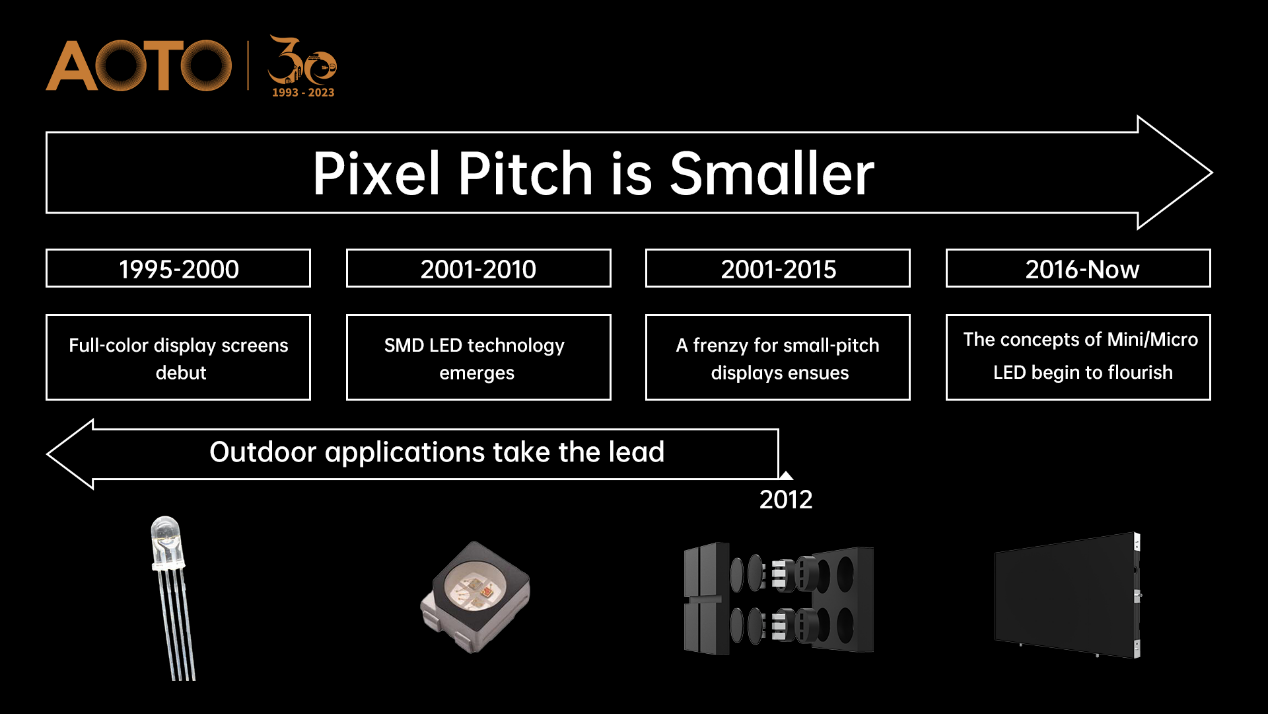
The Development History of Fine-Pitch LED Displays
What is MIP
Conventional LED packaging employs Surface Mount Technology (SMT) for assembly. MIP, distinguished by the LED chip's dimension (50μm), encompasses two main technical approaches: MicroLED In Package and MiniLED In Package. Both of these utilize smaller-sized light-emitting chips, enabling further reduction in pixel pitch of LED displays.
The former relies on mass transfer technology (chip size < 50μm) and combines flip chip assembly and common anode technologies to cover ultra-small pixel pitches ranging from 0.3mm to 0.7mm. (AOTO Electronics introduced prototypes of P0.4 and P0.3 MIP technologies, boasting the world's smallest pixel pitch, in 2019 and 2021 respectively).
The latter approach primarily employs MiniLED chips ranging between 50μm and 100μm, paired with inverted assembly and common anode technologies, resulting in MIP products covering pixel pitches from 0.6mm to 1.8mm.
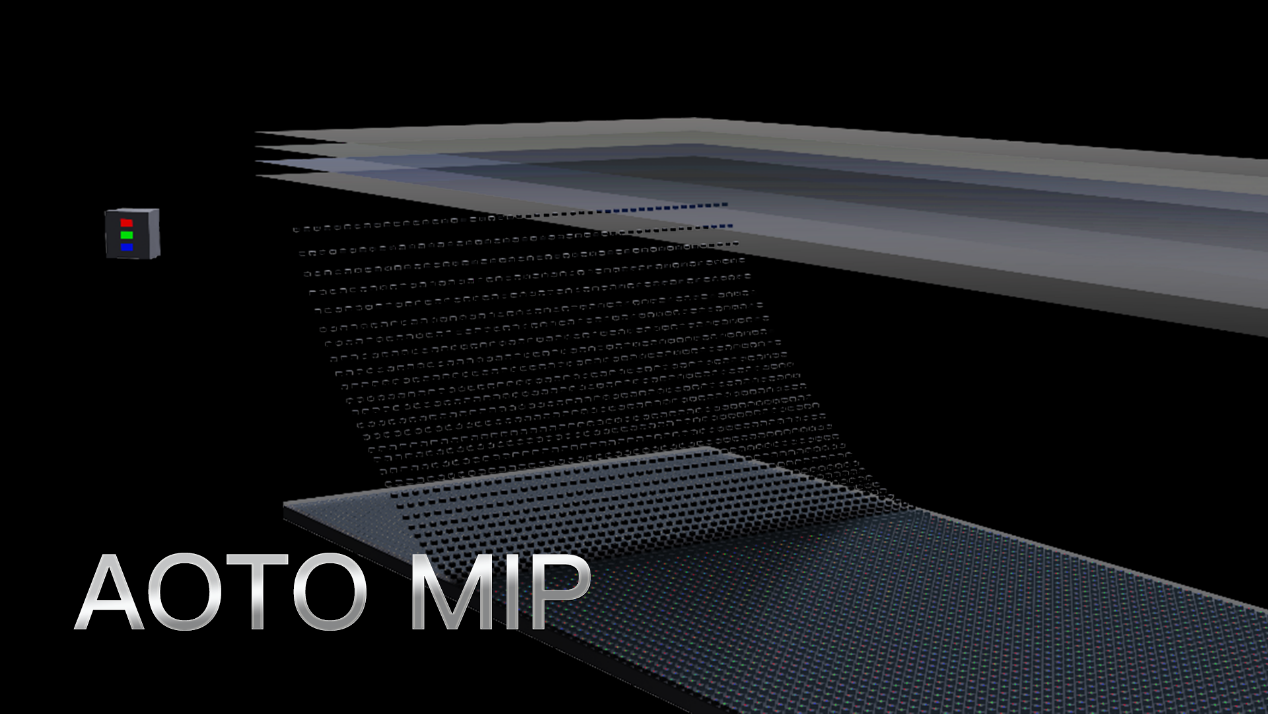
AOTO-MIP Technology Illustration
Moreover, the MIP technology is accompanied by several specialized coatings: anti-glare film, anti-reflective film, and blackening film. These coatings collectively enhance the black levels, resulting in a deeper and more consistent product appearance. The technology also elevates contrast, leading to clearer displays. The outcome is a display effect characterized by low glare, minimal reflection, and reduced Moiré patterns, significantly enhancing the viewing comfort.
Through AOTO's comprehensive understanding of MIP technology and its distinctive design approach, products attain superior display results, ensuring customers access to exceptional product quality.
Benefits of MIP Technology
The introduction of MIP packaging technology is set to revolutionize the landscape of small-pitch LED displays, bringing substantial value to users. The following are the advantages of MIP packaging technology:
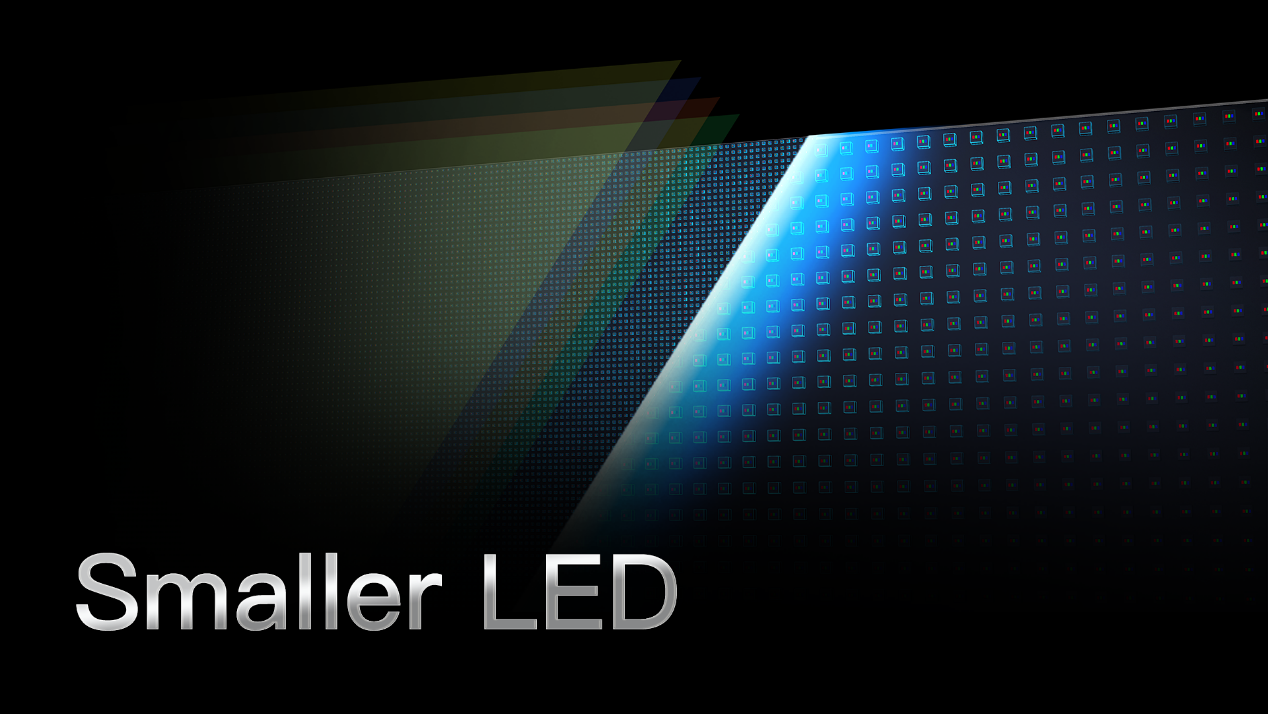
a. Smaller Pixel Pitch: The pixel pitch of LED modules can be further reduced, resulting in displays that exhibit higher resolution and more accurate color reproduction.

b. Enhanced Color Consistency: MIP technology incorporates multiple surface coatings and spectral separation, achieving higher color consistency.

c. Improved Contrast Ratio: Adopting MIP technology entails smaller pixel units. Under the same pixel pitch, the larger area covered by the black enhancement layer leads to a significant boost in overall contrast ratio compared to traditional LEDs.
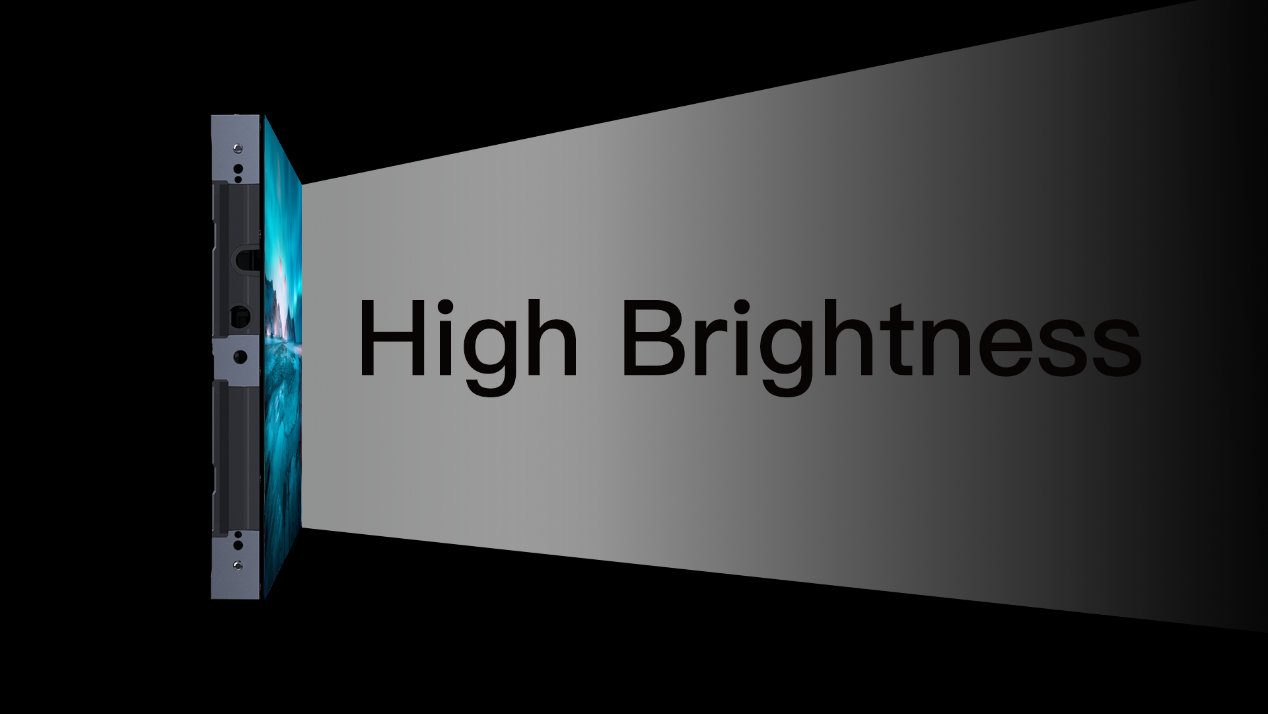
d. Higher Brightness: MIP packaging integrates inverted and common cathode technology, maintaining high brightness while reducing energy consumption. This ensures a clearer and brighter display effect, enhancing the viewing experience.
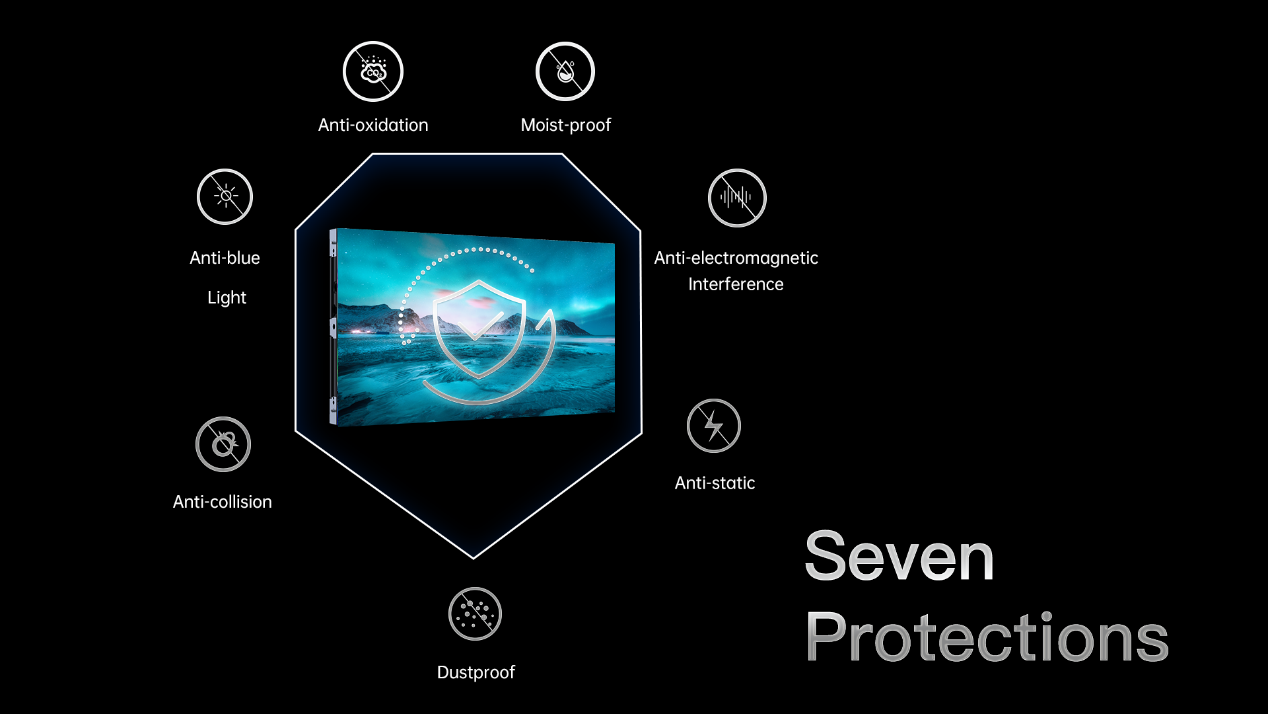
e. Enhanced Reliability: MIP packaging employs inverted LED devices, eliminating wire connections and enhancing heat dissipation, resulting in lower overall temperatures and increased operational stability. Coupled with AOTO's special packaging coatings, the MIP surface improves device protection, notably against moisture, electrostatic discharge, and impact, greatly reducing failure rates and enhancing the reliability and stability of the display screen.
The emergence of LED displays based on MIP packaging technology signifies another evolution in small-pitch LED display technology. It introduces higher clarity, more accurate color reproduction, lower energy consumption, heightened reliability, and increased design flexibility to users. It is anticipated that with the continuous promotion and refinement of MIP technology, small-pitch LED displays will maintain their leading position in the future, offering users an even higher quality visual experience.
TrendForce 2023 Global LED Video Wall Market Outlook and Price Cost Analysis
Release Date: 28 September 2022
Language: Traditional Chinese / English
Format: PDF
Page: 238
|
If you would like to know more details , please contact:
|





 CN
TW
EN
CN
TW
EN











